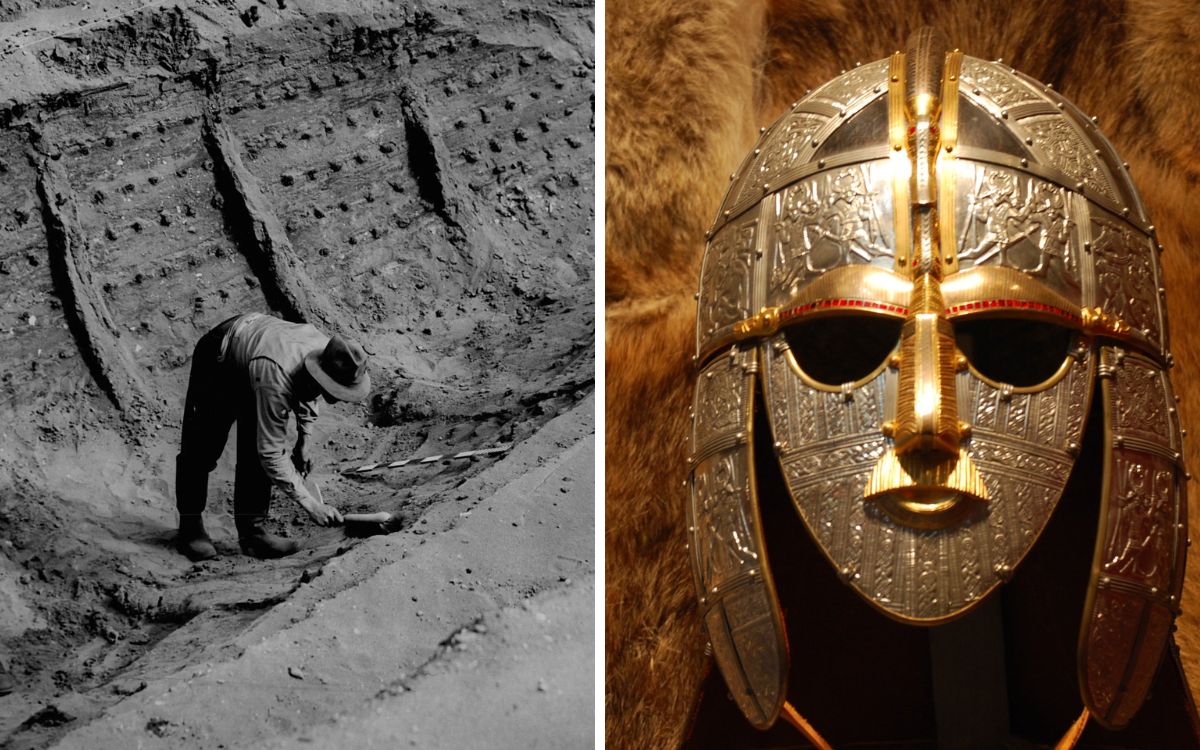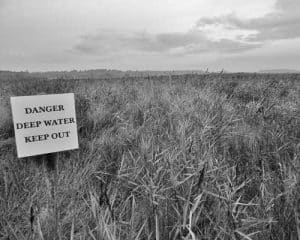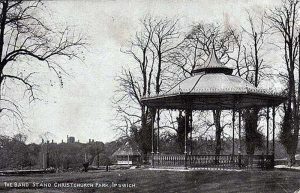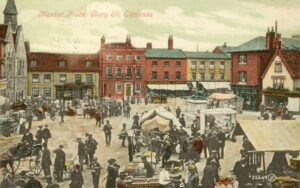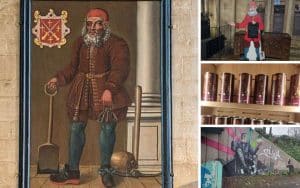Reports of ghosts and psychic visions played a significant role in uncovering the mysteries of Sutton Hoo, one of the most important archaeological finds in history
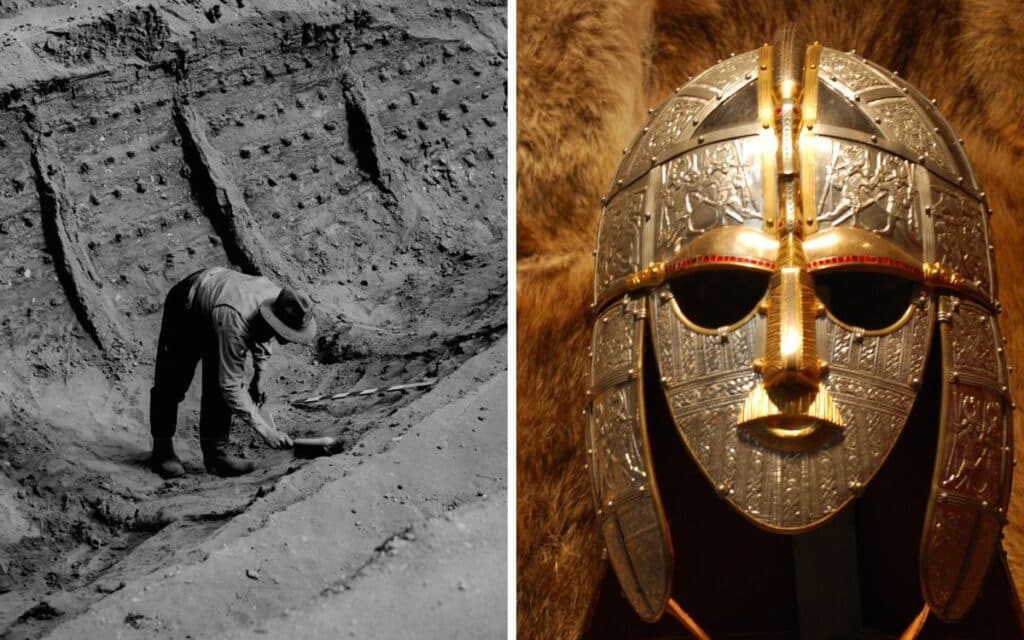
The discovery of the Sutton Hoo burial site in Suffolk, England, is one of the most important archaeological finds in history.
The haul of treasures found in the Anglo-Saxon royal grave provides unique insight into the world of the Anglo-Saxon elite, their religious beliefs and their system of governance.
But the story of how the site was uncovered is shrouded in mystery and intrigue, with reports of ghostly apparitions and psychic visions playing a significant role in the discovery.
What is Sutton Hoo?
The Sutton Hoo site is located on the Tranmer House estate in Woodbridge, Suffolk, which was owned by Edith Mae Pretty.
Back in the 1930s, Pretty was intrigued by the 18 Anglo-Saxon burial mounds on her estate, which had been ransacked over the centuries, leading many to believe that they had disgorged all their treasure.
She had been convinced for many years that something of great importance lay buried beneath the mounds on her estate.
The Ghosts of Sutton Hoo
According to Len Cox, whose mother Dorothy had psychic abilities and was a frequent visitor to Pretty’s house, Pretty had seen ghostly soldiers walking around the fields with their spears and shields.
Cox’s mother had seen the soldiers every time she came to the house and was convinced there was buried treasure.
There are three stories that add a paranormal twist to the archaeological excavation, which began at the site in 1938 by Basil Brown.
The Dig and Discovery
Despite initial skepticism from Pretty and her daughter, who dismissed the visions as mere dreams and rubbish, they eventually agreed to have the mounds excavated.
Local archaeologist Basil Brown was brought in to investigate and he quickly determined that Pretty’s instincts were correct.
Brown started work in June 1938, helped by estate labourers and using jugs, bowls, sieves, pastry brushes and bellows from the house, dug into three of the mounts, discovering the remains of a ship burial in one.
The following spring, they tackled the largest of the mounds and found iron rivets from the hull of a 27-metre-long Anglo-Saxon ship.
Within days, archaeologist Peggy Piggott returned early from a holiday with her husband Stuart to dig. She was the first to discover gold in the ghost ship when she saw something glinting in the soil: it was a tiny gold pyramid inlaid with garnets.
In all, 263 objects were found, including weapons, silver cutlery, gold buckles, coins, and a distinctive full-face helmet, the only one of its kind found in Britain.
Edith Pretty, who admitted to hiding the haul under her bed to keep it safe on the first night that it was unearthed, donated the whole collection to the British Museum.
The Legacy
The discovery of the Sutton Hoo burial site was a pivotal moment in the study of Anglo-Saxon history and culture.
It marked the first page of English history and provided insight into the burial practices, beliefs, and material culture of the Anglo-Saxon elite.
The haul is believed to be linked to the burial of Raedwald, the ruler of the East Angles who died in 624, and mirrors one in the Old English epic poem Beowulf, where Danish royal Scyld Scefing is laid to rest, surrounded by treasures.
Just like Edith Mae Pretty, the Anglo-Saxons believed the present life and the afterlife could be linked, sending their dignitaries into the next world with the items they’d need there.
Today, visitors to Sutton Hoo can see the treasures unearthed from the burial site and imagine the world of the Anglo-Saxon kings and queens who ruled over England more than a thousand years ago.
The site is now under the custodianship of the National Trust and has a visitor centre and a reconstruction of the ship-burial chamber. The field can be toured in the summer months and weekends when it is open.
But the story of the discovery of the site is also a reminder of the role that intuition and psychic insight can play in uncovering hidden truths.
Edith Mae Pretty’s belief in the ghostly soldiers she saw walking around the fields may have seemed fanciful at the time but her instincts ultimately led to one of the most important archaeological finds in history.
Sutton Hoo Ghosts at British Museum
Interestingly, reports of paranormal activity have continued even after the haul was excavated.
An investigation by Noah Angell suggests that Anglo-Saxon soldiers are still patrolling in the British Museum, where many of the treasures from the Sutton Hoo site are housed.
On one occasion, a guard bolted the double doors of the Sutton Hoo gallery and moved on to the next room, only to be informed by a CCTV operator that the doors stood wide open again. Video footage of the gallery showed them moving spontaneously.
In conclusion, the discovery of the Sutton Hoo burial site was a remarkable archaeological find that shed light on the lives of the Anglo-Saxon elite.
The story of how the site was discovered is just as fascinating, with reports of ghostly apparitions and psychic visions playing a significant role.
The legacy of Sutton Hoo lives on and visitors can still experience the thrill of uncovering hidden treasures while exploring the site and its artefacts.

